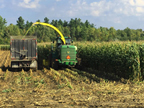
Northern N.Y.; January 15, 2019. Dairy farms face a variety of challenges, including how cold weather affects their animals. Progressive research by the farmer-led Northern New York Agricultural Development Program (NNYADP) is advancing the science-based understanding of how climate and farm management practices impact dairy calf health in the winter season.
Dairy farmers across the six-county Northern NY region have participated in the NNYADP research focused on calf health evaluation by Cornell University Quality Milk Production Services, Cornell Cooperative Extension, and the W.H. Miner Agricultural Research Institute.
A series of NNYADP research projects conducted since 2015 have focused on how adjusting housing type, bedding, the number of calves in a pen, temperature, airflow, wind chill, humidity, and ammonia concentration in calf pens can help reduce the rate of respiratory illness in pre-weaned calves under extreme cold stress.
Proper winter care of calves positively influences weight gain in the young animals and, longer-term, their future milk production and calving potential.
A dairy calf health risk assessment tool, built by Cornell Cooperative Extension using data collected from NNYADP dairy calf research projects since 2012, helps farmers identify on-farm environmental and farm management factors that can be adjusted to achieve the greatest positive impact on calf health.
“We have seen a reduction in winter-related calf health issues, primarily respiratory challenges, on the farms that have implemented management changes based on the research data and the calf health risk assessment,” says Kimberley Morrill, Ph.D, Cornell Cooperative Extension Regional Dairy Specialist.
The calf health risk assessment tool is available to agricultural educators by contacting Morrill at 315-379-9192. Training is required to conduct the on-farm evaluations.
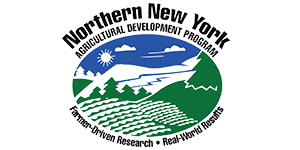 Other NNYADP research into the variable climate, environmental and farm management factors related to heat stress on dairy calves and cows is providing the basis for adapting best care practices for application farm-by-farm and by season. Learn more on the Northern New York Agricultural Development Program website at www.nnyagdev.org.
Other NNYADP research into the variable climate, environmental and farm management factors related to heat stress on dairy calves and cows is providing the basis for adapting best care practices for application farm-by-farm and by season. Learn more on the Northern New York Agricultural Development Program website at www.nnyagdev.org.
Funding for the Northern New York Agricultural Development Program is provided by the New York State Senate and administered by the New York State Department of Agriculture and Markets.
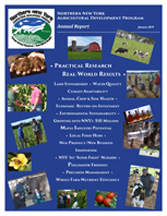 Northern N.Y.; January 9, 2019. The farmer-driven Northern New York Agricultural Development Program has posted its annual report at
Northern N.Y.; January 9, 2019. The farmer-driven Northern New York Agricultural Development Program has posted its annual report at 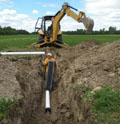 The NNYADP has commissioned a first-of-its-kind project for New York State. Miner Institute has begun evaluating how the use of tile drainage interacts with soil, crops, and water resources in a project located along Lake Champlain. The work includes a comparison of water quality and crop yield and quality from tiled and naturally draining fields.
The NNYADP has commissioned a first-of-its-kind project for New York State. Miner Institute has begun evaluating how the use of tile drainage interacts with soil, crops, and water resources in a project located along Lake Champlain. The work includes a comparison of water quality and crop yield and quality from tiled and naturally draining fields.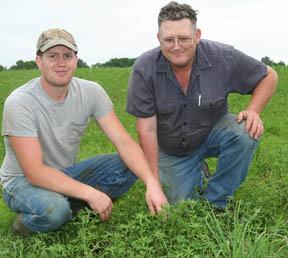 As evidence of the combined long-term commitment by New York State and the NNYADP to funding and finding a solution to the devastating alfalfa snout beetle, the annual report notes that the biocontrol application developed in NNY has not only restored alfalfa production regionally but is now finding use to manage pests in other crops across New York State and elsewhere in the U.S.
As evidence of the combined long-term commitment by New York State and the NNYADP to funding and finding a solution to the devastating alfalfa snout beetle, the annual report notes that the biocontrol application developed in NNY has not only restored alfalfa production regionally but is now finding use to manage pests in other crops across New York State and elsewhere in the U.S.
 Lake Placid, N.Y.: December 10, 2018 The Northern New York Agricultural Development Program has posted a research update with data to help maple and birch syrup producers respond to variable climate conditions.
Lake Placid, N.Y.: December 10, 2018 The Northern New York Agricultural Development Program has posted a research update with data to help maple and birch syrup producers respond to variable climate conditions.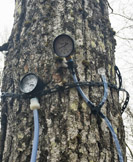
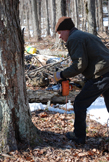 For maple producers, the report notes that early pre-season tapping of maple trees is competitive with tapping in mid-February.
For maple producers, the report notes that early pre-season tapping of maple trees is competitive with tapping in mid-February.